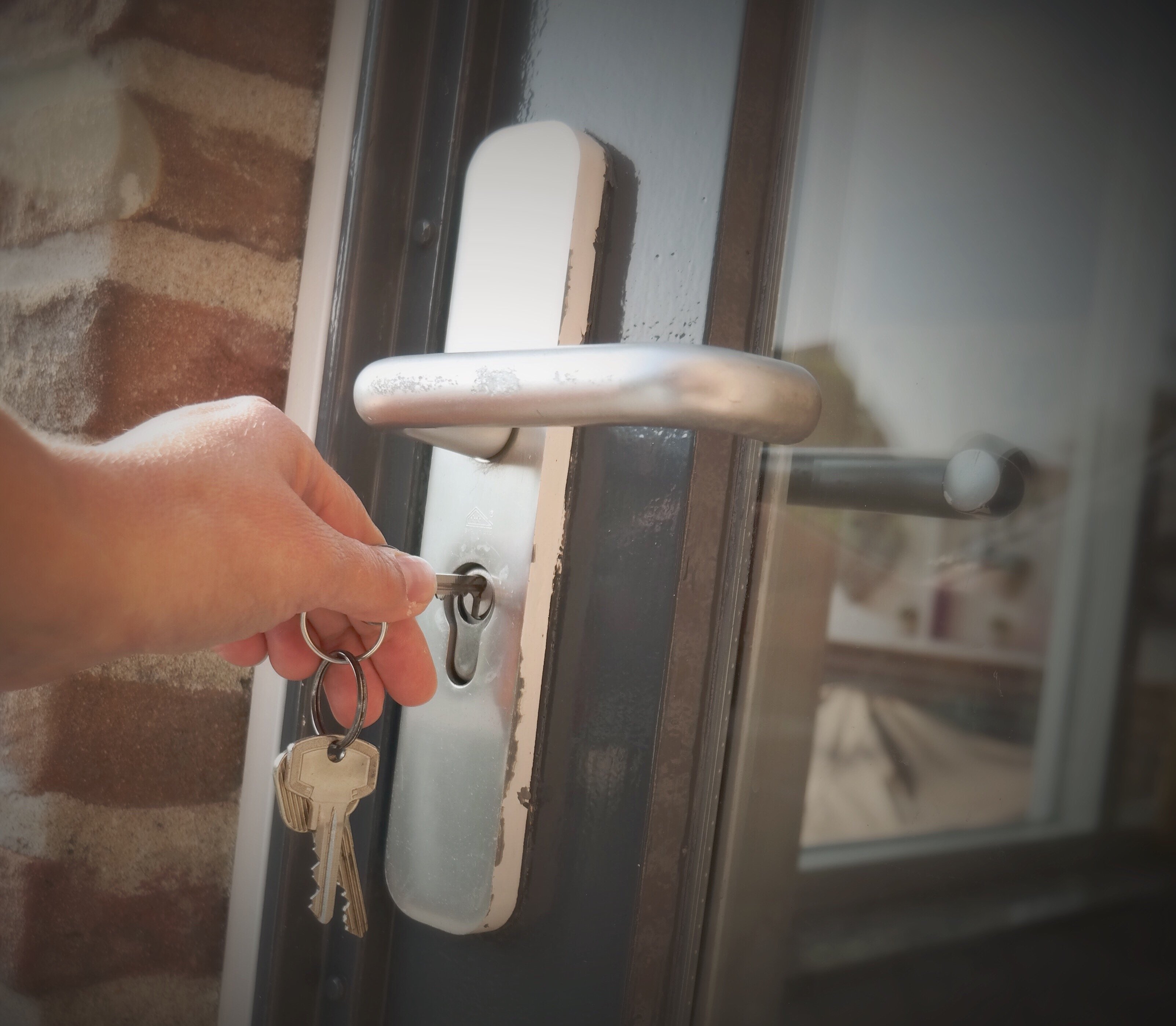Traditional Key Core vs. Rekeyable Interchangeable Core: An Explainer
 There are many aspects of our daily lives that we don’t often think about. Your locks and keys can be one of those. Locks are in use everywhere you go to reliably keep people, goods, and property safe. There is an entire industry that caters to private and commercial consumers in order to provide the locks, keys, and hardware needed for the most foundational and efficient form of security.
There are many aspects of our daily lives that we don’t often think about. Your locks and keys can be one of those. Locks are in use everywhere you go to reliably keep people, goods, and property safe. There is an entire industry that caters to private and commercial consumers in order to provide the locks, keys, and hardware needed for the most foundational and efficient form of security.
In the commercial industry, finding the right physical security provider can have a big impact on your bottom line. The locks and keys used throughout your organization are your first defense against organized retail crime and the daily management of your keys can determine how much you spend on rekeys, replacement keys, and hardware installation. Once your hardware is in place, most of the management and updates to your key control system center around your keys and locks. Locks are also known in the industry as key cores.
How Do Key Cores Work?
Almost every door that you encounter throughout your day has a key core or cylinder within the locking hardware. The front door of your house likely has a simple key cylinder and requires a locksmith to change it out. In a commercial setting where changing the locks is a more frequent and costly occurrence, key cores are designed to be more easily removed from the lock and in many cases don’t require professional assistance to do so.
While this level of detail may seem tedious, understanding how your physical security works can help you make informed decisions about what hardware you implement throughout your organization. Which can impact everything from day-to-day facility management to your success with loss prevention.
Key cores are one of a number of different pieces that make up a physical lock. The key core is the circular cylinder that is inserted into the locking hardware. Inside the core are the pins that are lifted when a key is inserted, allowing the associated key to turn and open the lock while all other keys will not.
Commercial key cores come in a few varieties and there are many hardware providers in the industry. While any lock on the market will contribute to the keyed security of your organization, some locks are better designed than others. By exploring your key core options, you can determine what lock will provide the most security and efficiency to suit your needs.
Traditional Key Cores
The history of the modern lock and key goes back to the late 18th century. In the 18th and 19th centuries, locks were undergoing big advancements to provide the pin and tumbler system we are familiar with today. Traditional key cores house the cylinder where a key can be inserted to interact with the pins.
Although lock advancements improved security and reliability, there were still limitations for large buildings or companies that had a lot of doors to secure. Removing the key core and cylinder from the door required special tools and an understanding of the locking hardware that only locksmiths had. Traditional key cores typically require professional expertise both to install and to rekey.
The Interchangeable Core
Interchangeable cores were invented in the early 1900s by a maintenance man who was tired of calling a locksmith every time his high school needed a lock changed. He created a key core that could be removed from the lock hardware with a key. This eliminated the need for a locksmith’s tools or knowledge in order to rekey. Today, large- and small-format interchangeable cores are the standard for most commercial operations.
Interchangeable cores allow businesses to keep spare key cores on hand and immediately address any loss of security that requires a rekey. When an employee reports a lost or stolen key, any doors they had access to can be quickly rekeyed. If a security breach like a theft occurs after business hours, your Facility Manager can restore physical security immediately after contacting the authorities so your organization isn’t left vulnerable waiting for a locksmith.
Rekeyable Interchangeable Cores
Rekeyable cores were designed by InstaKey to address one of the lingering inefficiencies for commercial facilities using interchangeable cores: storage and management. Finding the room and keeping track of extra key cores is a manageable task for a smaller organization with only a few doors and users to keep track of leading to having to use a locksmith to provide a core swap. For larger organizations with multiple facilities and locations, the inefficiency can quickly compound.
Rekeyable cores build on the innovation of interchangeable cores. A rekeyable interchangeable core can be easily removed from the door hardware without professional assistance, but for even more improved function, you can rekey without needing to remove the core at all. A rekeyable cylinder uses a step change key to change the combination of pins within the lock nine to twelve times depending on your key system design. You can see the process in more detail in our explainer videos.
Rekeyable interchangeable key cores allow your organization to quickly and easily complete a rekey without the need for access storage and management. You can order rekeying kits in advance so that you have the necessary step change key and replacement employee keys in a single accessible place. Depending on the access point, a single rekeying kit can replace the need for multiple traditional core replacements as a single-step change key can rekey multiple doors.
Interchangeable Cores & Key Control
Interchangeable cores are one of a few different components of your key control that can streamline the way your company maintains security. Implementing key control best practices, including rekeyable interchangeable cores, can improve your security while significantly decreasing the amount you’re spending on physical key security.
Locks and keys are likely not the areas of your organization that receive the most oversight, which means that you may be running an inefficient or insecure security operation without realizing the extent of the cost or impact. If you are updating or enhancing your key security, click the button below to learn more about the physical security factors that contribute to your key control.





